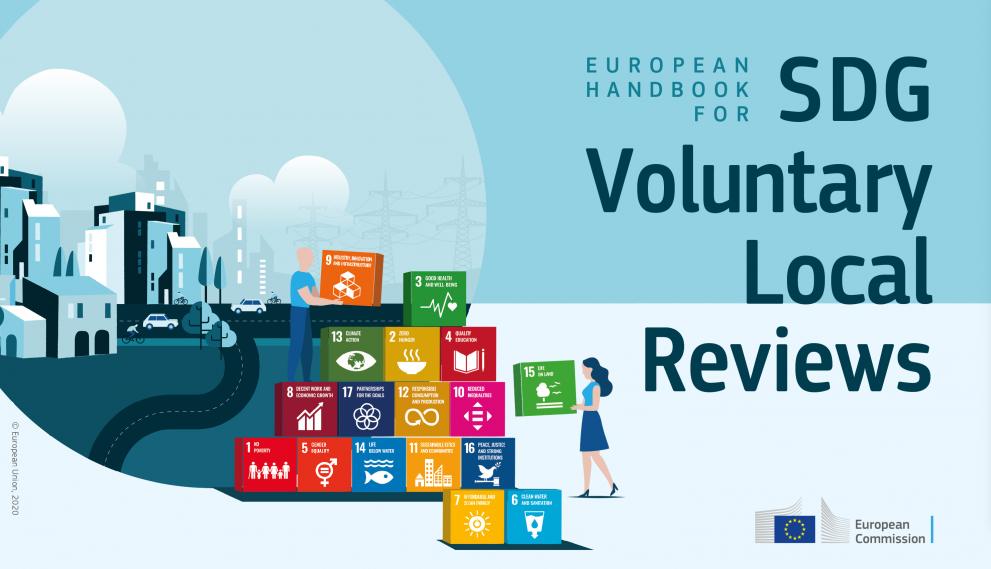
A new European Handbook for SDG Voluntary Local Reviews offers to policy makers, researchers and practitioners an inspirational framework to set up Voluntary Local Reviews (VLRs).
VLRs are a fundamental instrument to monitor progresses and sustain the transformative and inclusive action of local actors towards the achievement of the Sustainable Development Goals (SDGs).
The Handbook, designed to support European cities willing to prepare their Local Voluntary Reviews, offers a framework for the selection of appropriate indicators. It is launched today, at a dedicated Urban Library 23 event at the Tenth session of the World Urban Forum in Abu Dhabi (UAE).
Main objectives
The publication has two main objectives:
- allowing cities to produce as comparable VLRs as possible;
- providing guides to cities on how tailor the VLRs to the local context.
To this end, the Handbook illustrates about 70 urban indicators covering all 17 SDGs. About one third are harmonised official indicators available for a relevant number of cities. Many others are official indicators locally collected.
Finally, there are experimental ones that serve as example and inspiration for cities willing to embrace the effort of self-assessment and reach the level of ambition required by a relevant and rigorous VLR.
A framework of indicators to measure the contribution of cities
Measuring with quantitative and qualitative indicators the path towards a sustainable future is a key feature of the 2030 Agenda for Sustainable Development and its 17 Sustainable Development Goals (SDGs).
The 2030 Agenda is the outcome of two years of negotiations within the international community and it was agreed by world leaders in 2015.
Since then, a framework of indicators at national level has been developed and reviewed, in order to provide a set of comparable matrices that can be used to highlight achievements and also most urgent areas of action.
Even though the contribution of all level of governments is needed to implement and achieve the 2030 Agenda, a framework of indicators to measure the contribution of cities has not been agreed.
In order to feel this gap, with the support of the Commission's Directorate-General for regional and urban policy and in collaboration with UN-HABITAT, the JRC has developed the European Handbook for SDG Voluntary Local Reviews.
The Sustainable Development Goals and localisation of the 2030 Agenda
Thanks to advocacy work done by a number of different stakeholders, the SDGs include a specific urban goal. Apart from the specific urban focus of SDG 11, it has been evaluated that about one third of the 232 SDG indicators can be measured at the local level, making it an important unit for action and tracking of progress towards sustainable development.
The localisation of the SDGs is even more important in Europe, where cities are the places where most citizens live, where the largest share of GDP is generated, where a large part of EU policies and legislation is implemented and where a significant share of EU funds is spent.
The local SDG monitoring was also discussed in a Special Session on Voluntary Local Reviews at the World Urban Forum 10.
Further information:
Related Content
Details
- Publication date
- 11 February 2020
